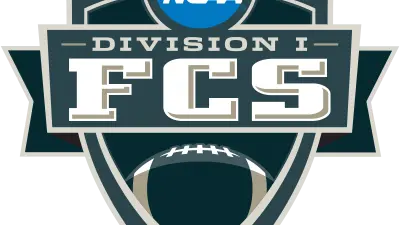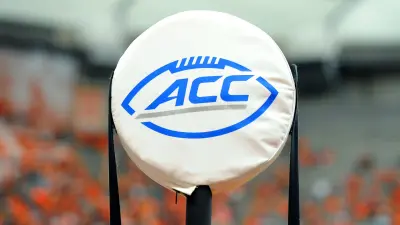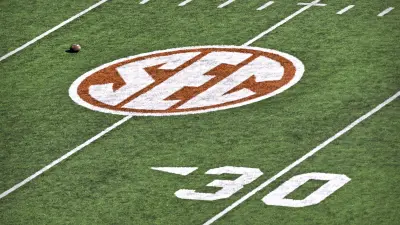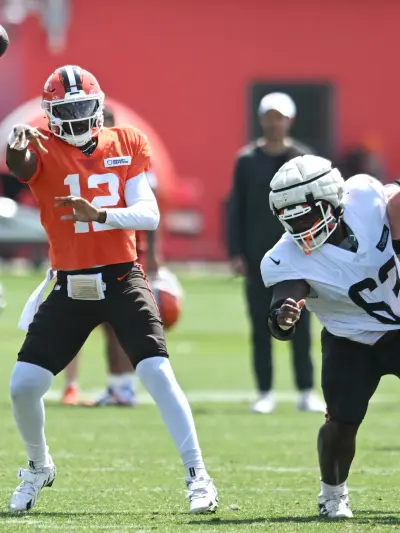By Staff
Successful sports betting depends on more than just making your selection and hoping that you get lucky. There’s a lot to understand, and one of the most significant aspects of sports betting is the odds. If you’re serious about doing better with your sports betting, like those who use the Ask Gamblers site, you need to understand how odds work and what the different formats mean.
In sports betting, odds don’t just show your potential winnings. They also represent an estimate of how likely that outcome is, so they have a double use. The modern betting world has three main odds formats: decimal, fractional, and American. All three fulfill the same basic function but express that function differently.
Decimal Odds
The simplest format, decimal odds, is also the most widely used. They can be found in sportsbooks in Europe, New Zealand, Australia, Canada, and many other places around the betting globe, though they are often called European odds.
With decimal odds, a single number, such as 2.75 or 1.91, tells you the total return you will get if your bet wins, including your original stake.
For example, let’s say that you make a €10 wager on a soccer team to win a particular match at odds of 2.20. To work out your return, you just have to multiply the odds by your stake:
More Sports News
● €10 × 2.20 = €22 total return
● That includes the original €10 stake, so your actual profit on this bet is €12
The advantage of decimal odds is that they are so easy to use. You don’t have to get into math or remember conversion ratios; you simply multiply the odds by the size of your stake, and that’s how much you will receive. You can’t go wrong if you remember that this includes your stake. The higher the number, the bigger the odds and the lower the chance of winning. This simplicity is one reason decimal odds are so popular in the fast-moving world of in-play betting.
Fractional Odds
The UK and Ireland have two of the oldest legal betting industries, and in those countries, fractional odds are still the main format in sports betting.
Fractional odds, as the name suggests, are expressed as fractions and show your potential profit relative to the amount of your stake. In a UK sports betting market, you may see odds such as 5/1, 13/8, or 100/30 next to the various betting options.
The basics of fractional odds are simple. Imagine you made a £10 wager on a horse at odds of 7/1. In this case, if you win, your original stake is multiplied according to the proportion of the fraction:
● 7/1 = 7 times your stake
● So, a £10 bet would win: £10 x 7 = £70.
● You would also receive your £10 stake back, so your return would be £80.
The key conceptual difference between fractional and decimal odds is that fractional odds will only show your profit, not your return. Another factor to remember is that when the first number is larger than the second number, the bet is made at ‘odds against,’ and when the second is larger than the first, the bet is ‘odds on.’ In either case, you would still divide the first number by the second to find the multiplier you will apply to your stake.
So, odds of 5/2 work out as:
● 5/2 = 2.5
● Profit = stake x 2.5
Odds of 1/3 are:
● 1/3 = 0.33
● Profit = stake x 0.33
Fractional odds are not as easy to work with in your head as decimal odds, but they are a big part of betting culture in the UK and Ireland, and if you want to bet on any market based in those countries, it is helpful to understand how this odds format works.
American Odds
In the United States, the standard odds format is the money line. These odds are presented with a positive or negative indicator. They show how much you will have to wager or how much you’ll win, all based on a $100 starting point, and they are a little more complicated than the other two formats.
● Positive odds, such as +200, mean that you will win a $200 profit for a bet of $100
● Negative odds, such as -150, mean you will have to bet $150 to make a $100 profit
This format looks a little counterintuitive, but it has one handy feature. In many sports and events, you can tell at a glance which team or market outcome is the favorite, as this will be indicated with negative odds, while underdogs have positive odds. As with fractional odds in the UK, if you want to bet on US sports like football, you need to understand the money line.
Beyond the Returns
As indicated earlier, odds formats tell you more than your potential winnings. They also show the implied probability of a particular event happening. You can calculate the implied probability quickly, though the formula varies according to the odds format. For example, to work out probability from decimal odds, you divide the odds into 1:
● Implied probability of 2.00 odds:
● 1 / 2.00
● = 0.50 or 50%
So, in this case, the odds the bookmaker offers equate to a probability of 50%. If you think the chance of winning that bet is greater than 50%, you may have found value, which is the key to successful sports betting. It is slightly more complicated than that in practice, as establishing the true probability of any sports betting selection is impossible, but the principle of finding value is important.
Knowledge is Essential
While learning how to read and follow betting odds is an obvious practical element, there is more to it than that. Being able to work comfortably with multiple odds formats will improve your general awareness of the principles of probability and how the sports betting markets work, which will boost your chances of success.


















